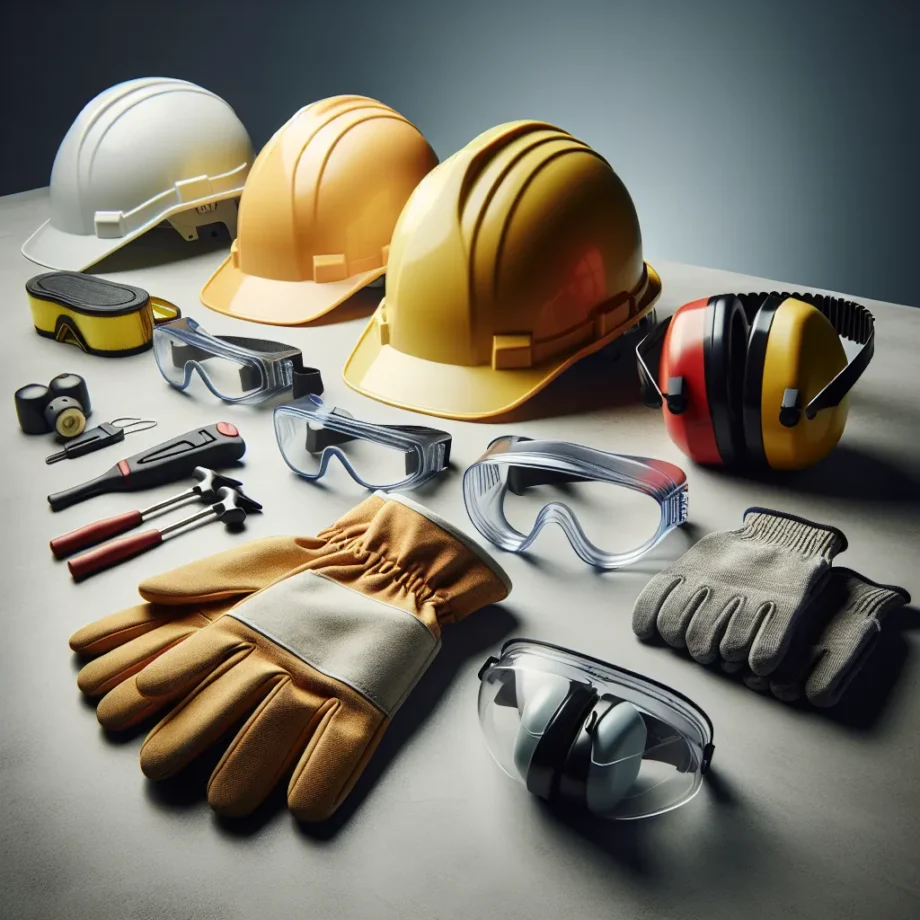Key Considerations for Selecting Safety Gear in Industrial Environments
When it comes to selecting the right safety gear for industrial environments, there are several key considerations that must be taken into account. One of the most important factors to consider is the specific hazards present in the workplace. Different industrial environments pose different risks, so it’s crucial to assess the potential dangers and select safety gear that provides protection against those specific hazards. For example, workers in a facility where there is a risk of chemical exposure will need different safety gear compared to those working in an environment with heavy machinery.
Another crucial consideration is the comfort and fit of the safety gear. Workers are more likely to use their safety equipment consistently if it is comfortable to wear. Ill-fitting gear can be not only uncomfortable but also a safety hazard in itself. Therefore, it’s important to select safety gear that is not only effective in protecting against workplace hazards but also comfortable for the workers to wear for extended periods.
Furthermore, the durability and quality of the safety gear are essential factors to consider. In industrial environments, safety gear is put to the test on a daily basis, so it needs to be able to withstand the rigors of the work environment. Investing in high-quality safety gear may require a higher initial outlay, but it can ultimately save costs on replacements and, more importantly, ensure the safety of the workers.
Lastly, compliance with industry standards and regulations is non-negotiable when selecting safety gear for industrial environments. The safety equipment chosen must meet all relevant safety standards to ensure its effectiveness in protecting the workers. Non-compliance can not only put the workforce at risk but also result in legal and financial consequences for the employer.
In conclusion, choosing the right safety gear for industrial environments requires a thorough assessment of the specific hazards, prioritizing comfort and fit, ensuring durability and quality, and guaranteeing compliance with safety standards. By carefully considering these key factors, employers can provide their workers with the appropriate safety gear to mitigate workplace risks effectively.
Understanding the Importance of Personal Protective Equipment in the Workplace
Understanding the importance of personal protective equipment (PPE) in the workplace is crucial for ensuring the safety and well-being of employees. PPE plays a significant role in protecting workers from various occupational hazards, including physical, chemical, biological, and environmental risks. By using the right safety gear, employees can minimize the risk of injuries, illnesses, and accidents while performing their job duties.
Employers have a responsibility to assess the workplace environment and identify potential hazards that may require the use of PPE. Whether it’s safety helmets, goggles, gloves, ear protection, or respiratory protective equipment, selecting the appropriate PPE is essential for safeguarding employees against specific dangers they may encounter on the job.
Furthermore, providing adequate training on the proper use and maintenance of PPE is equally important. Employees must understand the significance of wearing PPE consistently and correctly to maximize its protective benefits. Additionally, regular inspections of the safety gear should be conducted to ensure its effectiveness and to address any issues promptly.
In conclusion, recognizing the importance of personal protective equipment and implementing the necessary measures to select, use, and maintain PPE in the workplace is fundamental for creating a safe and secure work environment. Prioritizing the well-being of employees through the proper utilization of PPE contributes to overall workplace safety and productivity.
How to Assess and Implement the Appropriate Safety Equipment for Your Specific Work Environment
When it comes to workplace safety, choosing the right safety gear is of paramount importance. Assessing and implementing the appropriate safety equipment for your specific work environment is crucial in mitigating potential hazards and ensuring the well-being of all employees. Whether you work in a construction site, a chemical laboratory, or a healthcare facility, the process of selecting the right safety gear remains consistent.
The first step in evaluating the necessary safety equipment for your workplace is to conduct a thorough risk assessment. This involves identifying potential hazards, evaluating the level of risk, and determining the most effective control measures. By understanding the specific dangers present in your work environment, you can then proceed to select the appropriate safety gear to address these risks.
Once the hazards have been identified and analyzed, it’s essential to refer to industry regulations and standards to ensure compliance. Whether it’s eye protection, respiratory masks, or fall protection equipment, verifying that the safety gear meets the required standards is non-negotiable. Additionally, considering the specific tasks and job roles within your workplace is crucial for tailoring the safety equipment to the individual needs of employees.
After assessing the risks and understanding the regulatory requirements, the next step is the implementation of the selected safety gear. This involves providing adequate training to employees on how to properly use and maintain the safety equipment. Furthermore, establishing regular inspections and maintenance schedules is vital to ensure that the gear remains effective and functional.
In conclusion, choosing the right safety gear for your workplace involves a comprehensive process of risk assessment, regulatory compliance, and implementation strategies. By prioritizing the safety and well-being of employees and proactively addressing potential hazards, you can create a secure work environment that minimizes the risk of occupational accidents and injuries.
